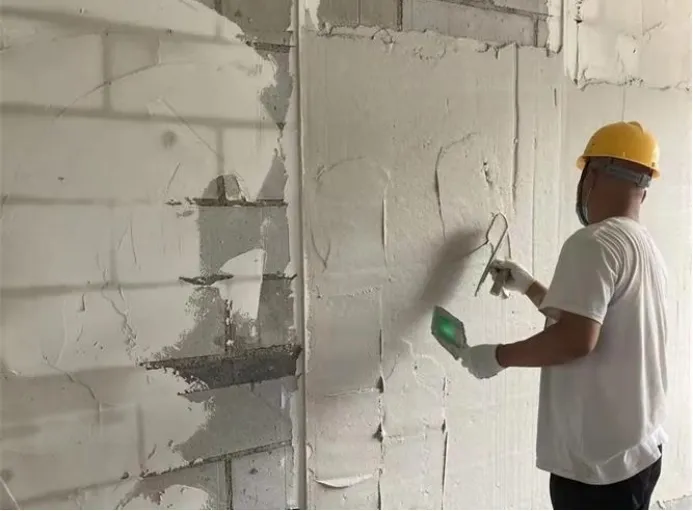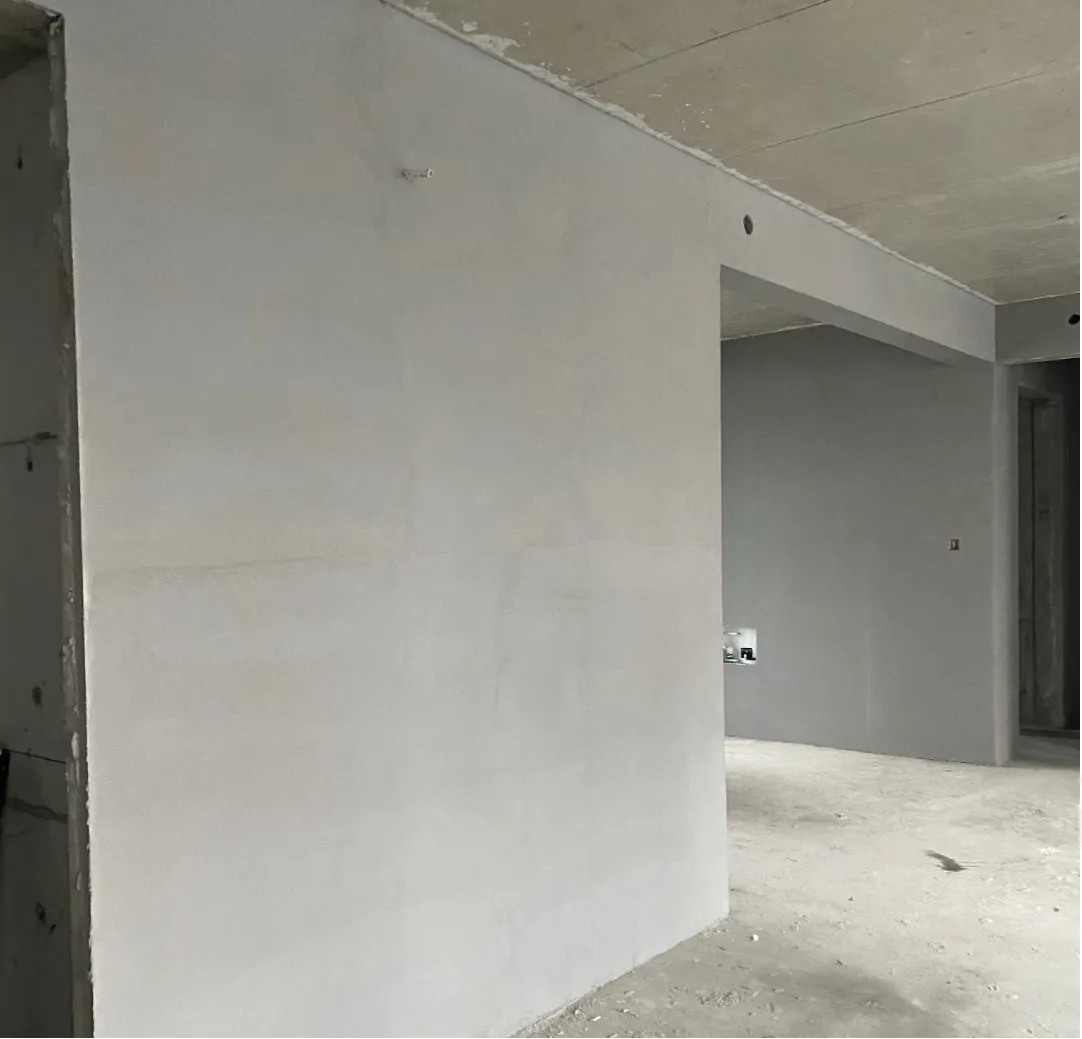
Understanding Gypsum Plaster Accelerators and Retarders
In the world of construction, gypsum plaster accelerators and gypsum retarders play an essential role in controlling the setting time and working properties of plaster. Whether it's for faster drying times or extended workability, understanding these additives is crucial for achieving the best results with gypsum-based products. This article explores the key differences between accelerators and retarders, focusing on their applications, benefits, and uses in modern construction practices.

Gypsum Plaster Accelerator
Gypsum plaster accelerator is an additive designed to speed up the setting process of gypsum-based plaster. When added to the mixture, it significantly reduces the time it takes for the plaster to harden, allowing for quicker application, especially in projects that require fast turnaround times. Gypsum plaster accelerators are particularly useful in large-scale construction projects where time is of the essence, such as high-rise buildings, commercial spaces, or public infrastructure.
The most common gypsum plaster accelerators are chemicals like calcium chloride, which work by increasing the rate of hydration of the gypsum, leading to a faster setting time. By using gypsum plaster accelerator, builders and contractors can improve their efficiency and reduce waiting times between plastering and subsequent steps in the construction process.
However, while these accelerators can save time, they must be used in the right proportion to avoid potential issues with the plaster’s quality. Overuse of accelerators can result in reduced workability and durability of the finished product. For optimal results, it’s essential to follow the manufacturer’s recommended usage guidelines.

Gypsum Retarder Chemical
A gypsum retarder chemical is a substance that slows down the setting process of gypsum plaster. By adding a gypsum retarder chemical to the mix, contractors can extend the working time of the plaster, making it easier to apply, smooth, and finish. This is particularly important for larger or more intricate plastering jobs where workers need more time to apply the material before it starts setting.
Common gypsum retarder chemicals include citric acid, tartaric acid, and various organic compounds, which all serve to inhibit the hydration process, thus delaying the hardening of the plaster. The ability to control the setting time with gypsum retarder chemicals is essential for ensuring that the plaster remains workable for longer, allowing for better results in terms of surface finish and smoothness.
Additionally, using a gypsum retarder chemical can help improve the finish and texture of the plaster, especially when applying large volumes of material or working in warm climates. This provides more time for adjustments and ensures the plaster doesn’t dry too quickly, which can lead to cracks or an uneven surface.

Gypsum Is Accelerator or Retarder
One common question that arises in construction is whether gypsum acts as an accelerator or retarder. The answer depends on the specific additives used and the environmental conditions. Under normal conditions, gypsum on its own does not significantly accelerate or retard its setting time. However, when combined with additives, it can either speed up or slow down the hardening process.
For example, when a gypsum plaster accelerator is added to the mix, the setting time is shortened, causing the plaster to harden more quickly. Conversely, when a gypsum retarder is introduced, the setting process is slowed, allowing for more time to work with the material before it begins to set.
Understanding the role of gypsum is accelerator or retarder is vital when selecting the right type of gypsum for a particular application. If rapid installation is needed, accelerators are added. For more intricate or detailed work where longer handling times are necessary, retarders are used to extend the workability of the plaster.

Extra Time Plaster Retarder
Extra time plaster retarder is designed to prolong the setting time of plaster, providing extra time for the application, smoothing, and finishing processes. Ideal for use in warm environments or large-scale projects, extra time plaster retarder ensures that the plaster remains workable for longer, reducing the risk of premature setting.
This extra time plaster retarder is particularly beneficial in situations where multiple layers of plaster need to be applied, or when the project requires more time for intricate finishes. By using extra time plaster retarder, contractors can avoid the common problem of plaster setting too quickly and causing issues with the final surface quality.
One of the advantages of extra time plaster retarder is its ease of use. Simply add it to the gypsum mix, following the recommended guidelines, and it will slow down the plaster’s setting time without compromising its final strength. This makes it an ideal choice for professionals who need reliable results and the flexibility to adjust their application techniques.
Gypsum Retarder Applications
The gypsum retarder applications are diverse, with its primary use being to control the setting time of gypsum-based plaster. Whether in residential, commercial, or industrial construction, gypsum retarder applications ensure that plastering work can be done with ease and precision.
Gypsum retarder applications are particularly useful in situations where the plaster needs to be applied over large areas or where multiple layers of plaster are required. The retarder allows the plaster to stay workable for longer, ensuring that the finish is smooth and free from defects.
Some specific gypsum retarder applications include:
1、Large-scale plastering jobs: In projects like high-rise buildings or expansive commercial spaces, where multiple workers are involved, the retarder ensures that everyone has enough time to work with the plaster before it sets.
2、Warm climates: In hot weather, plaster tends to set much quicker. A gypsum retarder can help slow down the process, making it easier to apply the plaster evenly and without rushing.
3、Intricate finishes: For decorative or detailed plastering work, gypsum retarder applications ensure that the plaster remains workable for longer, allowing for precise finishes without worrying about premature setting.
USG Gypsum Plaster Retarder
USG gypsum plaster retarder is a trusted product in the construction industry. Manufactured by USG, a leader in the building materials sector, this gypsum retarder is designed to provide superior control over the setting time of gypsum plaster. It is ideal for use in applications where more extended working times are needed, such as complex or high-detail plastering projects.
USG gypsum plaster retarder helps to ensure that plaster remains workable for a longer period, making it easier to apply and finish, even under challenging conditions. With this retarder, contractors can work with confidence, knowing that their plaster will not set too quickly, allowing for more control over the process.
In addition to its time-saving benefits, USG gypsum plaster retarder also improves the texture and finish of the plaster. It helps to reduce cracking and ensures an even, smooth surface, which is critical for both aesthetic and structural reasons. Whether for residential or commercial applications, USG gypsum plaster retarder provides the reliability and performance needed for successful plastering projects.
Gypsum Retarder Applications FAQs
What is the purpose of a gypsum plaster accelerator?
A gypsum plaster accelerator speeds up the setting time of gypsum plaster, allowing for quicker application and reduced waiting times between plastering and subsequent steps.
How does a gypsum retarder chemical work?
A gypsum retarder chemical slows down the setting process of gypsum plaster, providing extra time for application and smoothing before it hardens.
Can gypsum be both an accelerator and retarder?
On its own, gypsum is neither an accelerator nor a retarder. Its setting time can be controlled by adding specific chemicals, such as accelerators or retarders.
What are the benefits of using extra time plaster retarder Screwfix?
Extra time plaster retarder Screwfix extends the working time of plaster, allowing for smoother application and better control over large projects and detailed finishes.
How do gypsum retarder applications improve plastering results?
Gypsum retarder applications ensure that plaster remains workable for longer, which is crucial for applying multiple layers, achieving intricate finishes, and working in warm conditions.
In conclusion, gypsum plaster accelerators and retarders play a crucial role in optimizing the plastering process. By using the right additives, contractors can achieve the ideal setting time for their projects, whether they require faster drying or extended working time for detailed applications.
-
Hydroxypropyl Starch as a Sustainable Construction AdditiveNewsNov.24,2025
-
The Gelation Properties of CMCNewsNov.21,2025
-
Redispersible Latex Powder and Water Retention CapacityNewsNov.21,2025
-
Dosage Control for Polycarboxylate Water ReducerNewsNov.21,2025
-
Film-Forming Properties of Polyvinyl AlcoholNewsNov.21,2025
-
The Function of Gypsum Additives in MortarNewsNov.21,2025





















